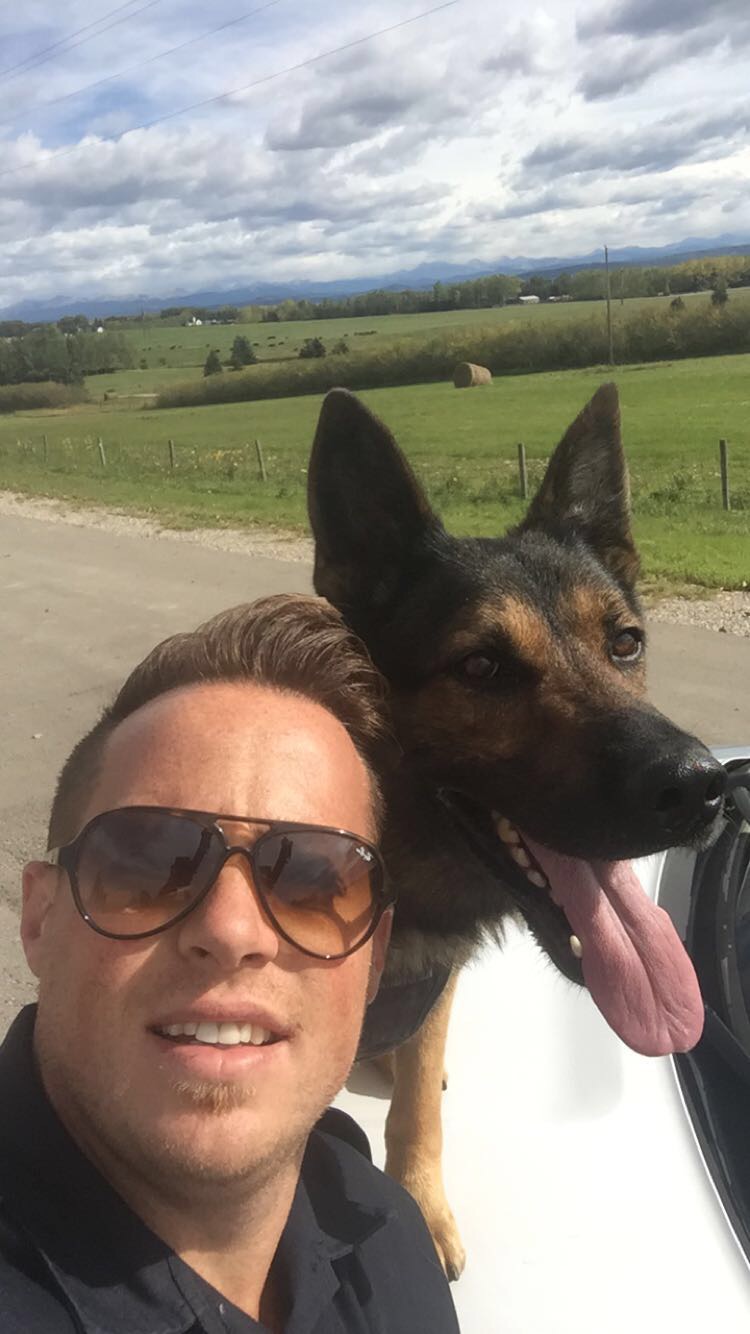Collar Communication
- Derrick Fox
- May 6, 2024
- 3 min read

First - Understanding Motivation
Understanding what a dog desires and how strongly it desires it is crucial. When we tap into this motivation, the partnership between handler and dog becomes much more effective and enjoyable. By nurturing the dog's natural drives first, we can establish a reinforcement strategy that the dog finds genuinely enticing, encouraging them to eagerly engage in training activities.
The speed at which a dog responds to cues for a reward reflects how quickly they'll perform a specific behavior. It is essential to pay attention to how the dog reacts to receiving the reward so that you as the handler can gauge their motivation for the reward and make adustments moving forward.
If the dog's response to the reward seems lackluster, it's important to address this before attempting to teach new behaviors. Rushing through training without properly establishing motivation can hinder progress. Just like in any endeavor, consider your own level of motivation and commitment. How strongly do you desire to achieve your goal? Your dedication and determination play a significant role in your success.
Now - We need to understand one and other. Here are some definitions we will use together to achieve clear communication.
Definitions [Operant Conditioning]
Positive Reinforcement (+R): This involves adding something pleasant to encourage a behavior to happen more often. For example, giving a dog food when it's hungry can reinforce the behavior of coming when called. Positive reinforcement is like giving a reward for doing something right.
Negative Reinforcement (-R): This method involves removing or avoiding something unpleasant to encourage a behavior. For instance, if a dog learns that sitting stops an annoying noise, like a seatbelt alarm, they'll likely sit more often to avoid the noise. Negative reinforcement teaches the dog that performing a certain action stops discomfort.
Positive Punishment (+P): This means adding something unpleasant to discourage a behavior. It's like applying a consequence for doing something wrong. For instance, giving a corrective pop on a leash to discourage pulling.
Negative Punishment (-P): Here, something enjoyable is taken away to decrease the likelihood of a behavior. For example, if a dog jumps on people for attention, ignoring the dog (withholding attention) can teach them that jumping leads to losing attention. Negative punishment is about removing something the dog values to discourage unwanted behavior. They key here is understanding what the dog values in the moment.
Collars can have various purposes dependant upon how we condition them
Practical Examples using Negative Reinforcement
Loose Leash Walking: Teaching loose leash walking, you would follow these steps:
Negative Reinforcement: Introduce a mild aversive stimulus when the dog pulls on the leash. This could be a gentle tug on a training collar. The idea is not to hurt the dog but to create a sensation that is just enough to be mildly uncomfortable or undesirable.
The Dog's Response: The dog feels the aversive stimulus and, through guidance and training, learns that the pulling causes the discomfort. Giving in to pulling then provides relief as the pressure then subsides.
Positive Reinforcement: As soon as the dog stops pulling, the dog enters the preferred position, the leash then becomes loose. By removing the aversive stimulus (the tension on the collar) the dog then betters its situation thereby having a positive experience (removal of the negative).
Further Positive Reinforcement: Follow up with a reward the moment the dog walks nicely with a loose leash. This could be a treat, praise, or petting. This step reinforces the behavior you want to encourage, making it more likely to be repeated.
By using this method, the dog learns that walking with a loose leash not only removes discomfort but also leads to positive outcomes like treats and affection. This dual reinforcement makes the training more effective and embeds a strong association with walking nicely without pulling.
Conversley we can condition a dog to pull through a harness or flat collar by rewarding them for pushing through the negative reinforcement. This is a common tactic used to teach dogs how to track and ensure the dog is in fact on the track.
This method emphasizes the importance of timing, consistency, and clarity in communication to ensure the dog understands what behavior leads to discomfort ending and rewards being given. It's a powerful way to train complex behaviors by breaking them down into manageable steps where the dog can clearly understand the consequences of its actions.
The goal is to reduce the length of pressure required to bring on the behaviour. The dog first learns to escape the pressure via completing the desired behaviour and then seeks to avoid the pressure in the future by completing the behaviour prior to the pressure being turned on.





Comments